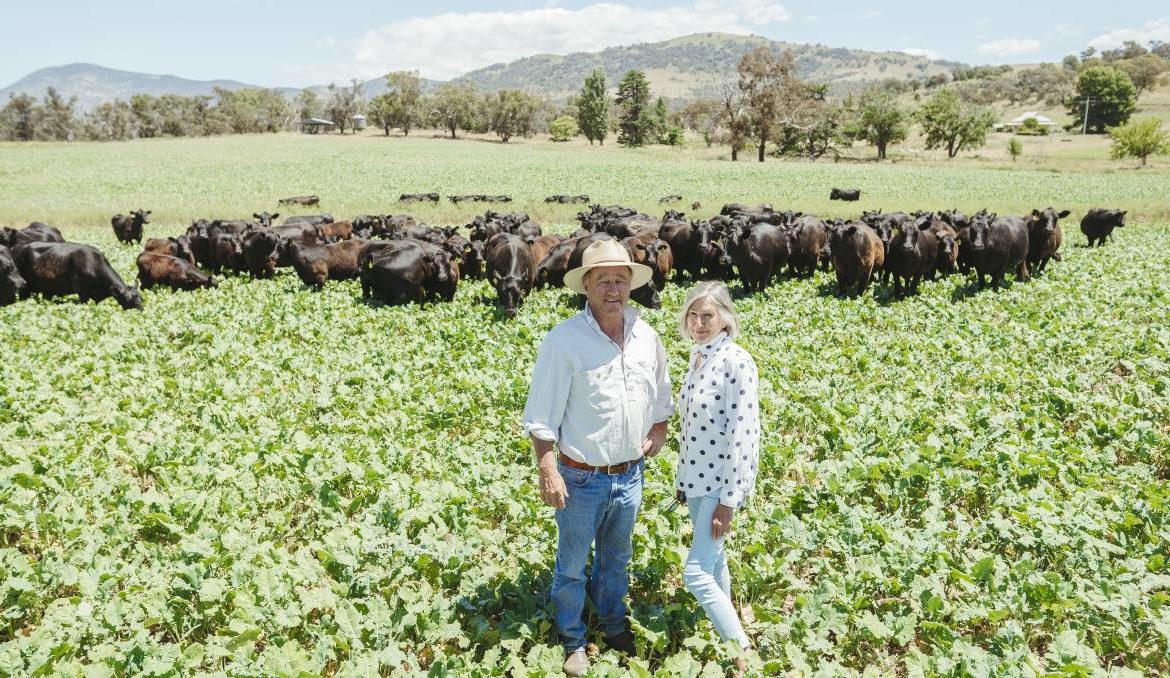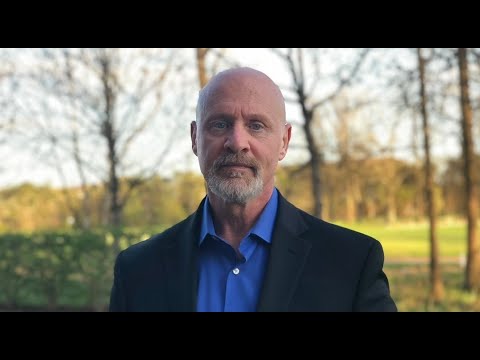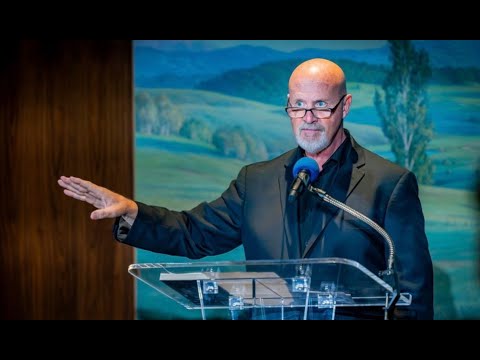news, environment,
The Gullet’s farm might just be a 15-minute drive from the Tuggeranong town centre but when you are at the Paddys River farm you feel miles away from the city. It wasn’t always this way, when Peter Gullet was a child the closest Canberra shopping centre was Manuka but now him and his wife, Kate, don’t have to travel far to the nearest shops. “It’s really delightful for us the fact that Canberra has grown,” Mrs Gullet said. “When Pete grew up here the closest part of town was Manuka but now I’ve got shops 10 minutes away. “It’s a beautiful place to live and life has probably become more manageable.” The farm, called Lambrigg, is 300 hectares. The Gullets breed Angus cattle on the property and grow some winter cereals. Mr Gullet did move away from the farm as a young adult but ended up moving back in 1990. The Gullets have raised four children on the property. “It’s been a great place to grow up and raise a family,” he said. A year ago, the Gullets were under great stress. The Orroral Valley bushfire was burning to their south and they were faced with intense smoke and heat. “It was such appalling weather and smoke and heat,” Mr Gullet said. But in less than a year their fortunes drastically changed. “2020 has been as good as any year I’ve ever seen. 2019 was as bad as any year I have seen,” Mr Gullet said. At the moment, the farm is flourishing with fields of green providing high quality feed for the Angus cattle that live on the property. As well, Mr Gullet has been able to employ ground breaking techniques to kill off fields of the perennial weed African Lovegrass and replace these fields with more productive and sustainable plants. Mr Gullet has been a part of Landcare ACT’s Rural Landholders Association for more than 20 years. He is currently on the member council as a representative. Lambrigg has a very interesting history and experiments that took place on the farm changed the future of Australia’s wheat industry. Leading Australian agronomist and plant breeder William Farrer lived on the farm in the late 1800s and early 1990s. Farrer, known as the father of the Australian wheat industry, pioneered his famous wheat breeding on the property. “Farrer had dozens of little plots of wheat and he cross-bred all of them and bred much better varieties of wheat that were much more suited to Australian conditions,” Mr Gullet said. “It was important because we were using all the European varieties back then and they were totally unsuited to this climate. “His work made a real difference to Australia because when his varieties were bulked up to be grown in the proper wheat growing areas Australia suddenly went from a net importer to a major exporter.” Farrer and his wife, Nina, are actually buried on the property. The farm has been featured in a video by Landcare ACT as part of a virtual farm tour funded by the government’s smart farms small grant scheme as part of the National Landcare Program.
/images/transform/v1/crop/frm/3A774rPdJFNTQMEW2vFZ3Hm/6bc89b3a-546a-41b9-aa72-02b76f18e8e5.jpg/r4_383_7496_4616_w1200_h678_fmax.jpg
The Gullet’s farm might just be a 15-minute drive from the Tuggeranong town centre but when you are at the Paddys River farm you feel miles away from the city.
It wasn’t always this way, when Peter Gullet was a child the closest Canberra shopping centre was Manuka but now him and his wife, Kate, don’t have to travel far to the nearest shops.
“It’s really delightful for us the fact that Canberra has grown,” Mrs Gullet said.
“When Pete grew up here the closest part of town was Manuka but now I’ve got shops 10 minutes away.
“It’s a beautiful place to live and life has probably become more manageable.”
The farm, called Lambrigg, is 300 hectares. The Gullets breed Angus cattle on the property and grow some winter cereals.
Mr Gullet did move away from the farm as a young adult but ended up moving back in 1990. The Gullets have raised four children on the property.
“It’s been a great place to grow up and raise a family,” he said.
The field Peter and Kate Gullet are in was once covered in the African Lovegrass weed. Picture: Dion Georgopoulos
A year ago, the Gullets were under great stress. The Orroral Valley bushfire was burning to their south and they were faced with intense smoke and heat.
“It was such appalling weather and smoke and heat,” Mr Gullet said.
But in less than a year their fortunes drastically changed.
“2020 has been as good as any year I’ve ever seen. 2019 was as bad as any year I have seen,” Mr Gullet said.
At the moment, the farm is flourishing with fields of green providing high quality feed for the Angus cattle that live on the property.
As well, Mr Gullet has been able to employ ground breaking techniques to kill off fields of the perennial weed African Lovegrass and replace these fields with more productive and sustainable plants.
Mr Gullet has been a part of Landcare ACT’s Rural Landholders Association for more than 20 years. He is currently on the member council as a representative.
Lambrigg has a very interesting history and experiments that took place on the farm changed the future of Australia’s wheat industry.
Peter and Kate Gullet have lived at Lambrigg together since 1990. Picture: Dion Georgopoulos
Leading Australian agronomist and plant breeder William Farrer lived on the farm in the late 1800s and early 1990s.
Farrer, known as the father of the Australian wheat industry, pioneered his famous wheat breeding on the property.
“Farrer had dozens of little plots of wheat and he cross-bred all of them and bred much better varieties of wheat that were much more suited to Australian conditions,” Mr Gullet said.
“It was important because we were using all the European varieties back then and they were totally unsuited to this climate.
“His work made a real difference to Australia because when his varieties were bulked up to be grown in the proper wheat growing areas Australia suddenly went from a net importer to a major exporter.”
Farrer and his wife, Nina, are actually buried on the property.
The farm has been featured in a video by Landcare ACT as part of a virtual farm tour funded by the government’s smart farms small grant scheme as part of the National Landcare Program.







